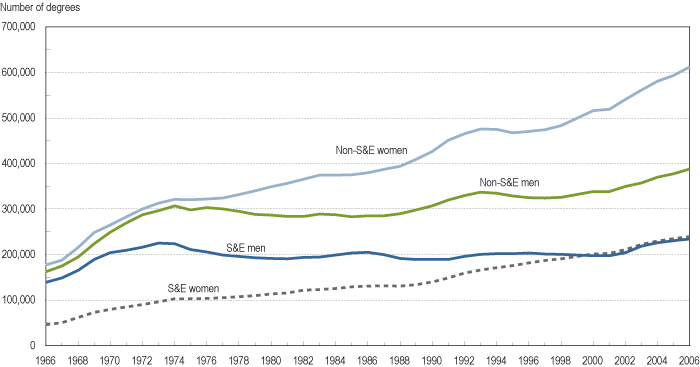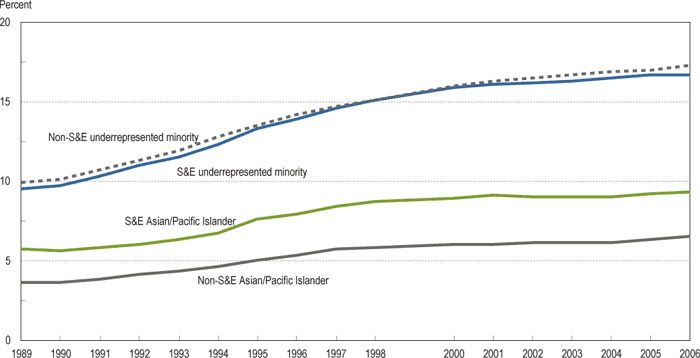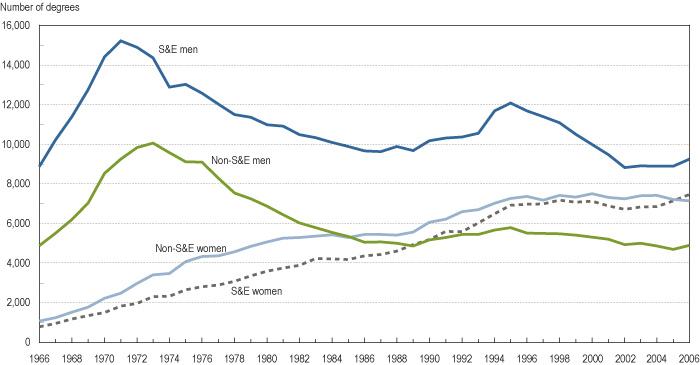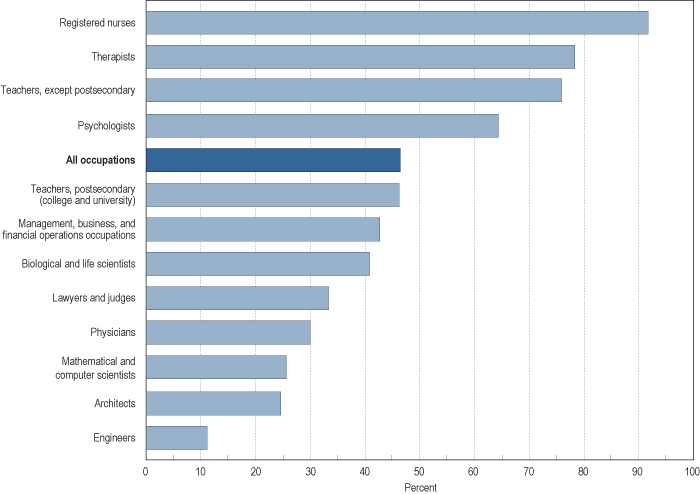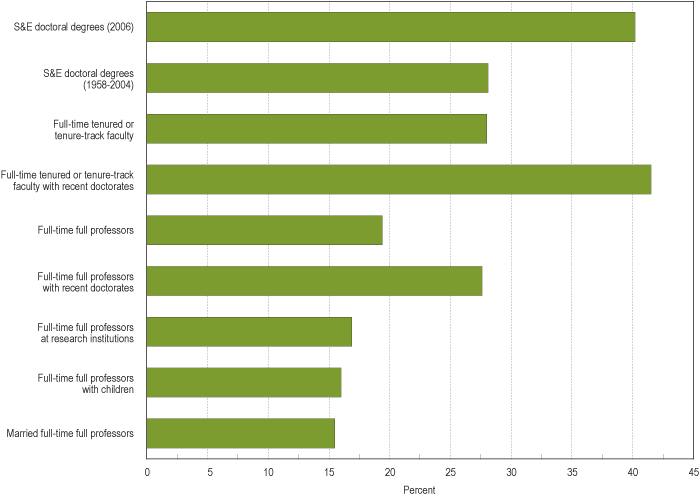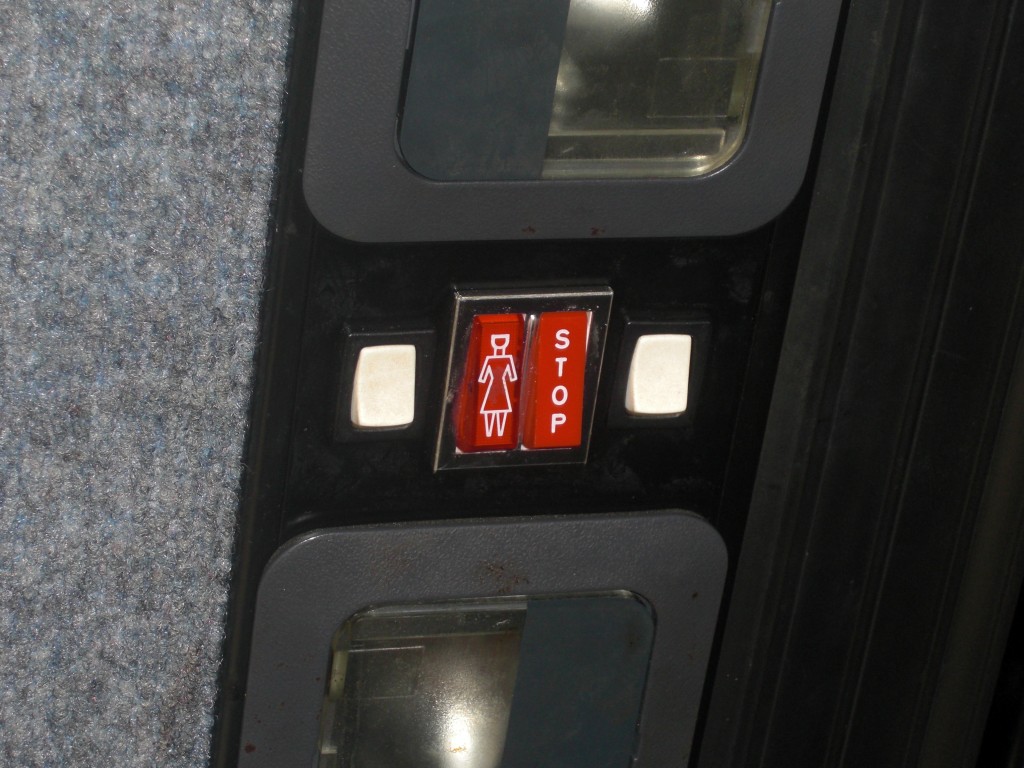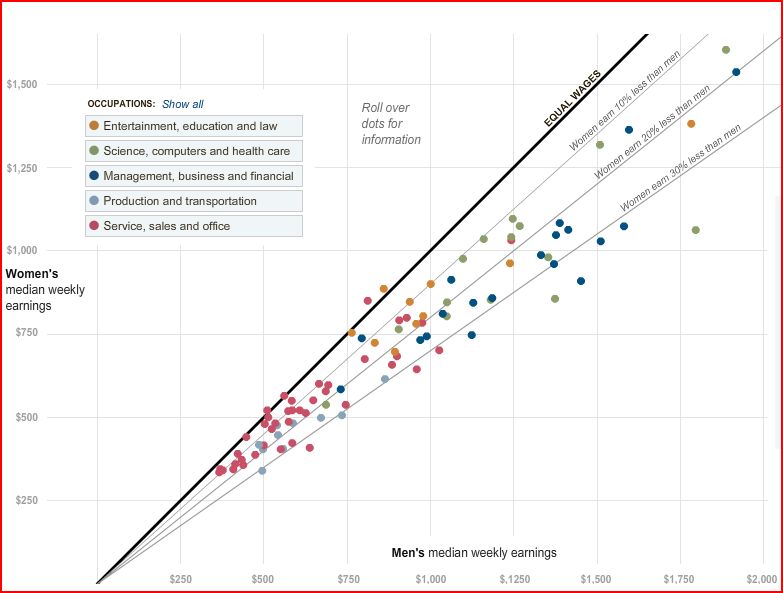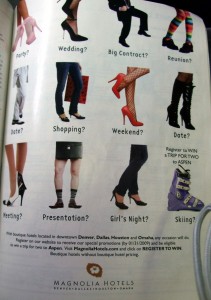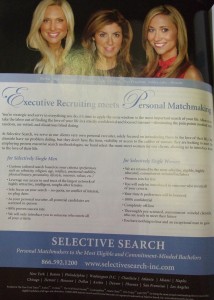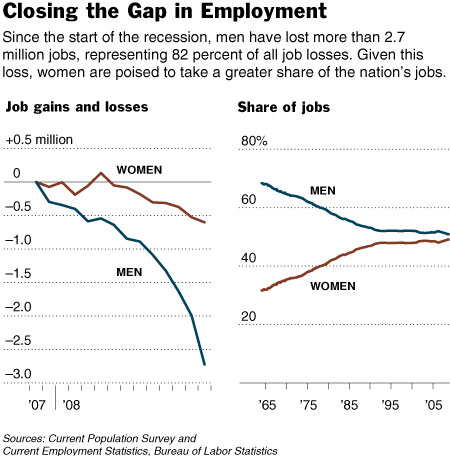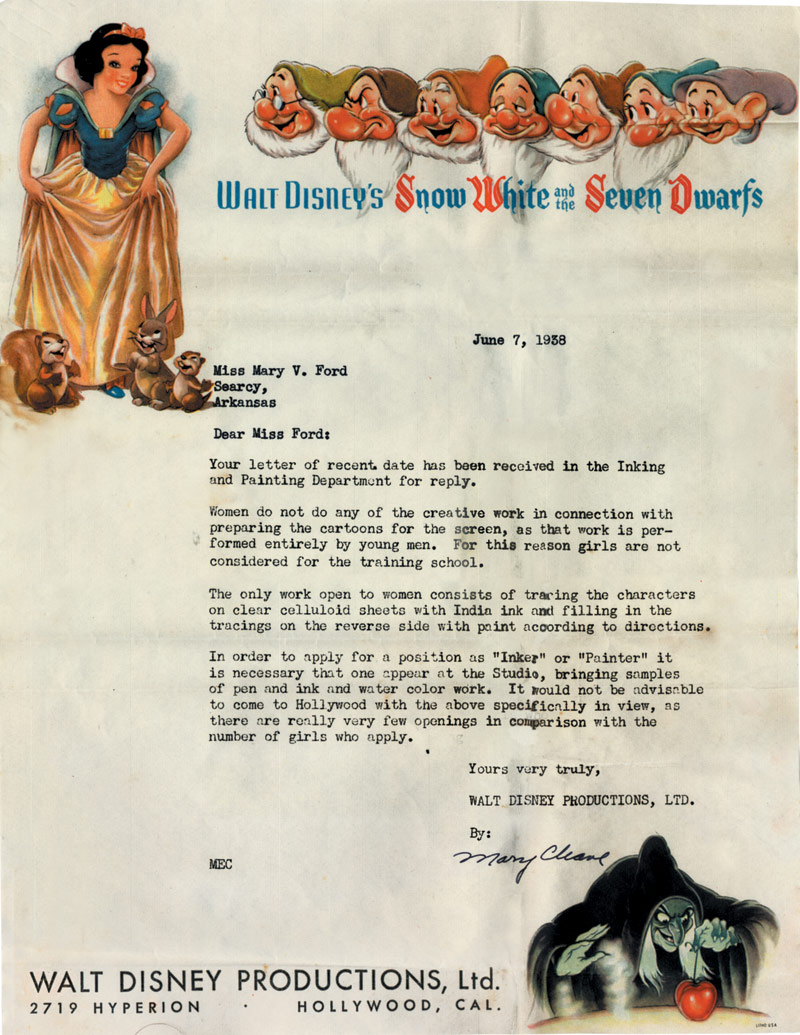The documentary, Hearts Suspended, points to one way that immigration policy disadvantages women. When a non-U.S. citizen is granted the permission to live and work in the U.S., their spouses are often given permission to accompany their spouse, but not to work. These spouses, wives more often than husbands, find themselves completely dependent on their husbands.
[youtube]https://youtu.be/Nj34k6fLpf4[/youtube]
Lisa Wade, PhD is an Associate Professor at Tulane University. She is the author of American Hookup, a book about college sexual culture; a textbook about gender; and a forthcoming introductory text: Terrible Magnificent Sociology. You can follow her on Twitter and Instagram.

